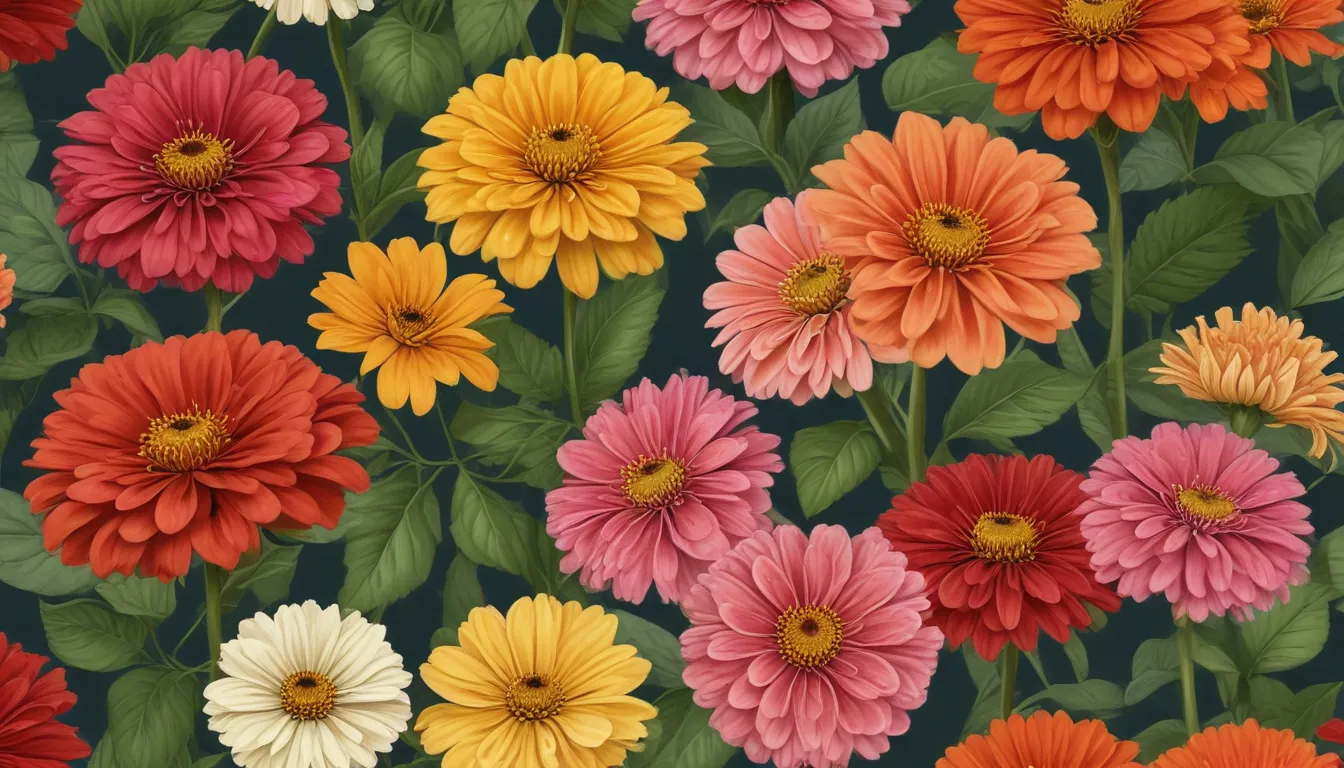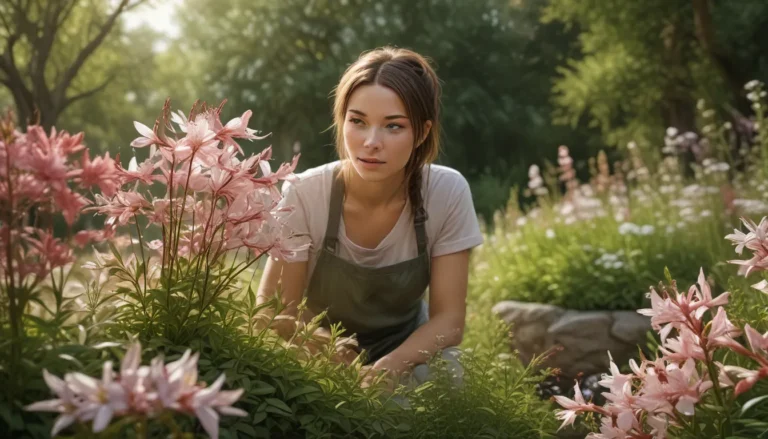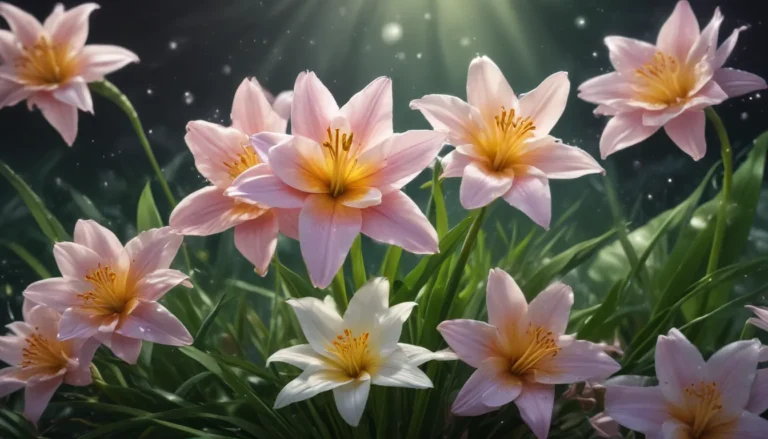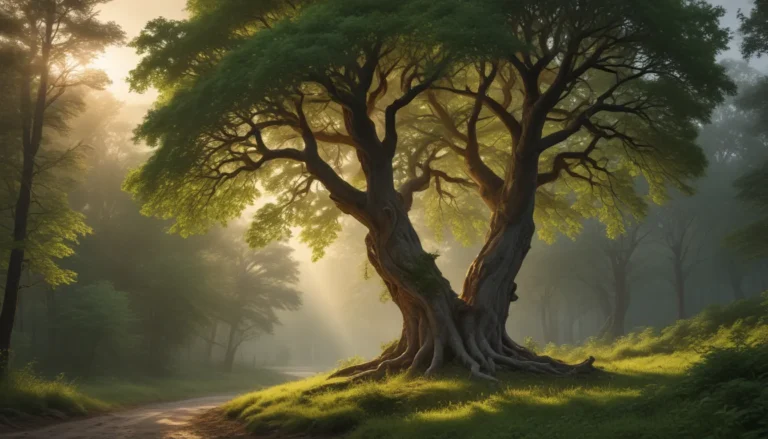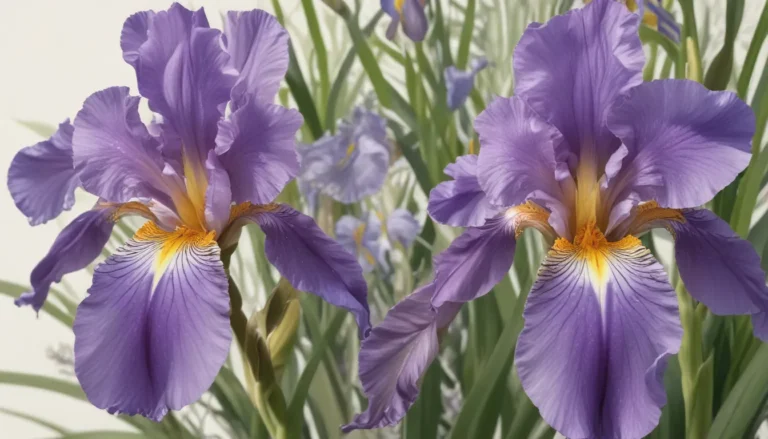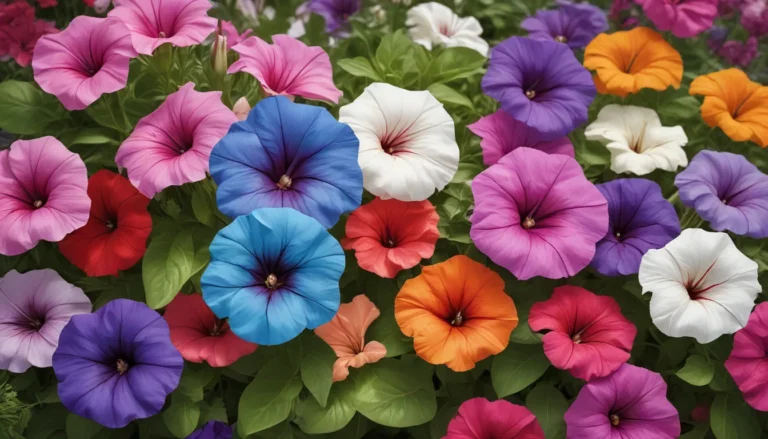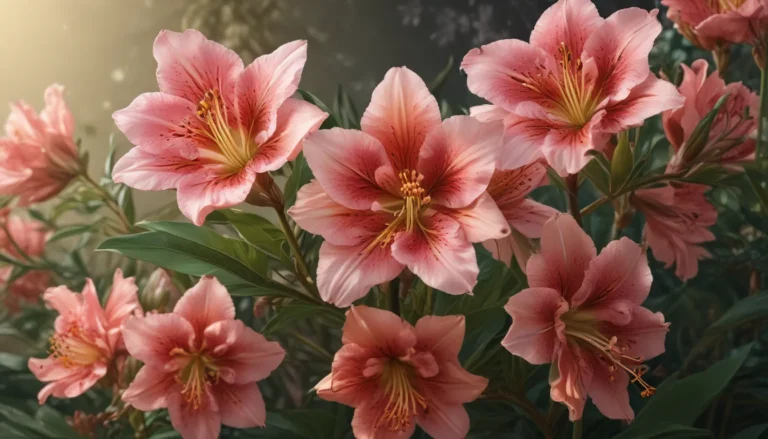The pictures we use in our articles might not show exactly what the words say. We choose these pictures to make you interested in reading more. The pictures work together with the words but don’t take their place. The words still tell you the important facts.
Zinnias are more than just vibrant blooms adorning gardens worldwide. These stunning flowers have a rich history, unique characteristics, and a host of benefits that make them a beloved choice for gardeners of all levels. From their eye-catching hues to their ability to attract pollinators and repel pests, zinnias bring both beauty and functionality to outdoor spaces. Let's delve into 14 intriguing facts about zinnias that will deepen your appreciation for these remarkable flowers and inspire you to incorporate them into your garden.
Exploring the Charm of Zinnias
Zinnias are renowned for their array of vibrant colors, including hues of red, pink, orange, yellow, white, and purple. These colorful blooms add a cheerful pop to any garden or floral arrangement, making them a popular choice among gardeners seeking to add a splash of color to their outdoor spaces.
Embracing Easy Growing with Zinnias
Whether you have a green thumb or are just starting your gardening journey, zinnias are an excellent choice. These flowers are easy to grow, require minimal maintenance, and can thrive in various soil conditions, making them a versatile and accessible option for all gardeners.
Welcoming Pollinators with Zinnias
Zinnias are a favorite among bees and butterflies, thanks to their colorful blooms and nectar-rich flowers. By planting zinnias in your garden, you can attract these vital pollinators, supporting the ecosystem and fostering biodiversity in your outdoor space.
Extending Blooming Beauty with Zinnias
One of the standout features of zinnias is their long blooming season. These flowers typically bloom from early summer until the first frost, providing continuous beauty and color to your garden throughout the growing season.
Celebrating Diversity in Zinnia Varieties
Zinnias come in a wide range of varieties, each with its unique characteristics and flower shapes. From dwarf zinnias to tall zinnias, cactus zinnias, and dahlia-flowered zinnias, there is a zinnia variety to suit every preference and style of garden.
Cultivating Zinnias from Seeds
Growing zinnias from seeds is a rewarding experience that allows you to witness the growth and development of these vibrant flowers. Whether sowing them directly into the soil or starting them indoors, watching zinnias sprout and bloom can bring joy and satisfaction to any gardener.
Unraveling the Symbolism of Zinnias
In the language of flowers, zinnias symbolize endurance and lasting affection. These resilient flowers can withstand heat, drought, and diseases, serving as a symbol of strength and resilience in challenging conditions.
Crafting Beauty with Zinnias in Flower Arrangements
With their vibrant colors and long vase life, zinnias are a popular choice for flower arrangements. Whether creating bouquets or centerpieces, zinnias add a lively and cheerful touch to any floral display, making them a versatile and beloved flower for arrangements.
Harnessing Natural Pest Repellent Properties of Zinnias
Zinnias are known for their ability to repel pests naturally, thanks to their strong scent that acts as a deterrent for insects. By incorporating zinnias into your garden, you can protect your plants and promote a healthy and pest-free outdoor environment.
Exploring Medicinal Benefits of Zinnias
Beyond their ornamental value, zinnias also boast medicinal properties. These flowers contain compounds that have been used in traditional medicine for their anti-inflammatory and wound-healing properties, adding a practical dimension to their beauty.
Preserving Beauty Through Dried Zinnia Crafts
If you want to extend the beauty of zinnias beyond their blooming season, consider drying them for use in crafts. Dried zinnias can be used in wreaths, potpourri, or even pressed as keepsakes, allowing you to enjoy their vibrant colors and textures throughout the year.
Nurturing Butterflies in Zinnia Gardens
Zinnias are a favorite in butterfly gardens due to their ability to attract these majestic creatures. By planting zinnias, you can create a welcoming habitat for butterflies, supporting their lifecycle and contributing to the biodiversity of your outdoor space.
Savoring Edible Delights with Zinnia Flowers
Did you know that zinnia petals are edible? These colorful blooms can be a unique addition to salads or desserts, adding a touch of whimsy and vibrancy to your culinary creations. Just be sure to use organic zinnias that have not been treated with pesticides.
Tracing Zinnia Origins in the Americas
Zinnias are native to North and South America, with a history that dates back to the 16th century. These flowers have since gained popularity worldwide for their beauty, versatility, and enduring charm, captivating hearts and landscapes across the globe.
Embracing the Beauty and Benefits of Zinnias
In conclusion, zinnias are a fascinating and beautiful flowering plant that offers a host of benefits to gardens and landscapes. From their vibrant colors and easy maintenance to their ability to attract pollinators and repel pests, zinnias are a versatile and beloved choice for gardeners of all levels. Whether you're seeking to add color to your garden, support pollinators, or enjoy the beauty of zinnias in flower arrangements, these remarkable flowers have something to offer everyone. So why not add some zinnias to your garden and experience their beauty firsthand? By incorporating zinnias into your outdoor space, you can enjoy their stunning blooms, support pollinators, and create a vibrant and inviting environment that will bring joy and beauty to your surroundings.
Frequently Asked Questions About Zinnias
- Are Zinnias easy to grow?
-
Yes, zinnias are considered relatively easy to grow, as they are adaptable plants that can thrive in various soil conditions and are resistant to pests and diseases.
-
How often should I water my Zinnias?
-
Zinnias prefer moderate watering, so it's recommended to water them deeply once a week, allowing the soil to dry out slightly between waterings to prevent overwatering and root rot.
-
Do I need to deadhead Zinnias?
-
Deadheading, or removing spent flowers, is not necessary for the health of the plant, but it can encourage the growth of new blooms and help maintain a tidy appearance in your garden.
-
Can Zinnias be grown in containers?
-
Yes, zinnias can be successfully grown in containers, provided they have well-draining potting mix and proper drainage in the container. Regular watering and fertilizing are essential for optimal growth in containers.
-
Do Zinnias attract pollinators?
- Zinnias are known to attract bees, butterflies, and other pollinators with their brightly colored blooms, serving as an important food source for these vital creatures and contributing to ecosystem health.
Zinnias are not only a feast for the eyes with their vibrant colors and diverse varieties but also offer a host of benefits for gardeners and pollinators alike. Whether you're a seasoned gardener or a novice, zinnias are a versatile and accessible choice that brings beauty, functionality, and a touch of whimsy to any outdoor space. As you explore the wonders of zinnias and incorporate them into your garden, you'll not only enjoy their stunning blooms but also contribute to the biodiversity and charm of your surroundings. Let zinnias brighten your outdoor spaces and inspire you to embrace the beauty of nature in all its colorful glory.
